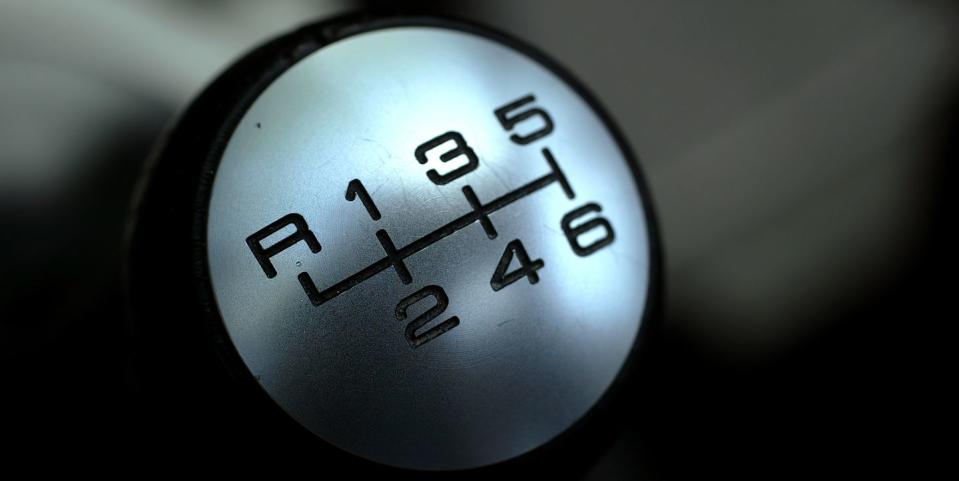Here's When You Should Shift a Manual Transmission for the Best Fuel Economy

You probably already understand the basic concept of driving a stick-shift car for maximum efficiency: Keep the RPM as low as possible. The faster you spin your engine, the more fuel it consumes. Simple, right?
Well, yes and no. Getting maximum efficiency out of a manual-transmission car has a lot to do with keeping the revs low. And there's some fascinating science behind this piece of wisdom, as YouTube's Engineering Explained lays out in this new video.
Host Jason Fenske explains the concept of Brake Specific Fuel Consumption, an engineering term that specifies exactly how much fuel a certain engine will consumer under various loads and at various RPMs.
Basically, lower RPMs consume less fuel because lower revs mean less friction. An engine that's wailing away at 6000 RPM has to overcome far more friction (from the pistons rubbing against the cylinder walls, the bearings of the crankshaft, and the drag of things like the valvetrain, water pump, and other accessories) than an engine loafing along at 2000 RPM.
And higher loads have an indirect effect on fuel consumption. For the most part, load is analogous to throttle opening. If you're cruising along in a light-load situation, you might only be using five percent throttle. That means the engine has to work harder to suck intake air through a throttle that's mostly closed. At wide open throttle, there's less restriction on the intake air, meaning the engine isn't working so hard just to breathe.
So the sweet spot is high load (a wide-open or nearly-wide-open throttle) and low RPM. But there are limitations to this. If you shift too early, you run the risk of lugging your engine, asking it to move your car forward at an unnaturally low RPM.
For more details, and a side-by-side comparison of the fuel efficiency achieved in 2nd, 3rd, 4th and 5th gears at identical speeds on the same stretch of road, watch Fenske's video below. Even if it's just a couple bucks here or there, any little bit of money you can save on gas is worth it.
('You Might Also Like',)

 Yahoo Autos
Yahoo Autos 